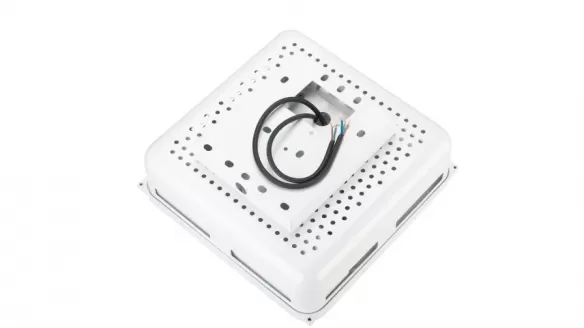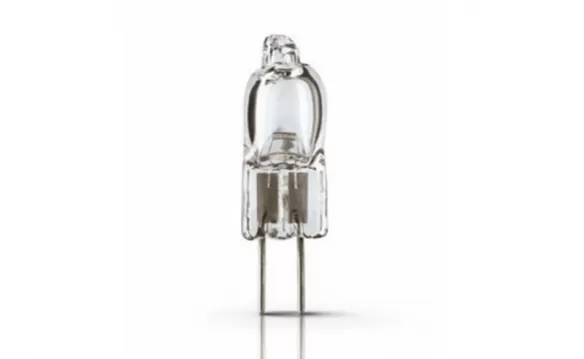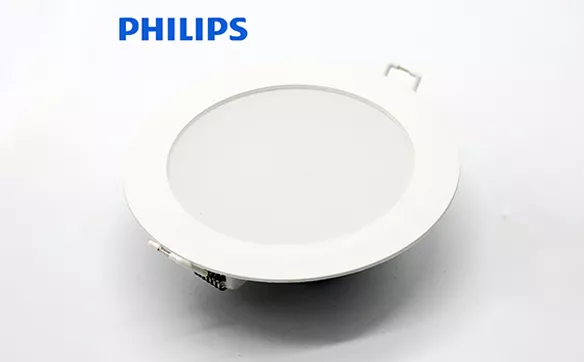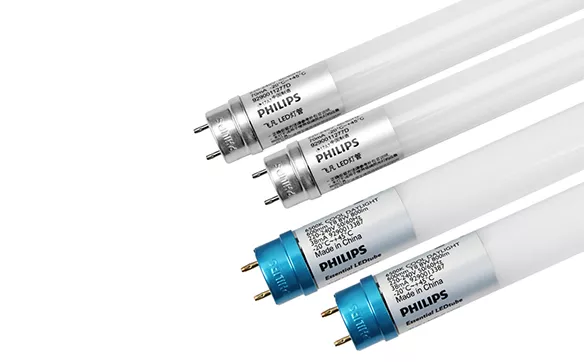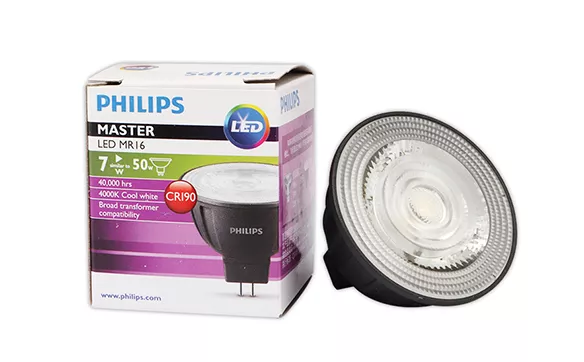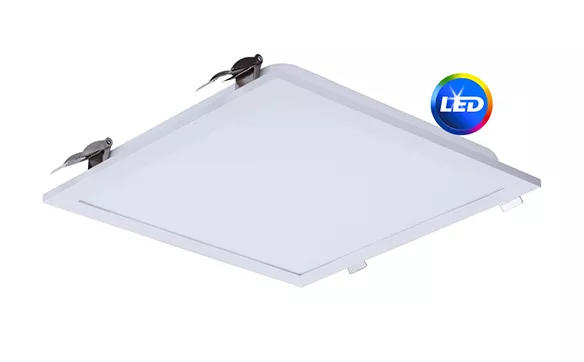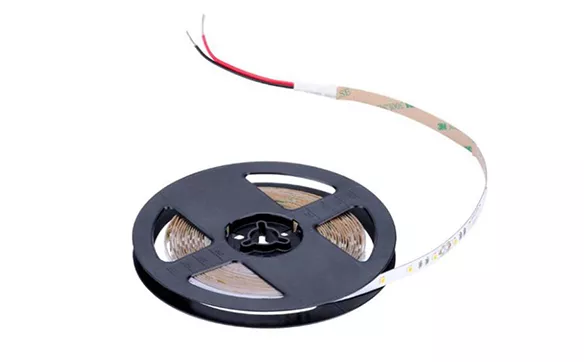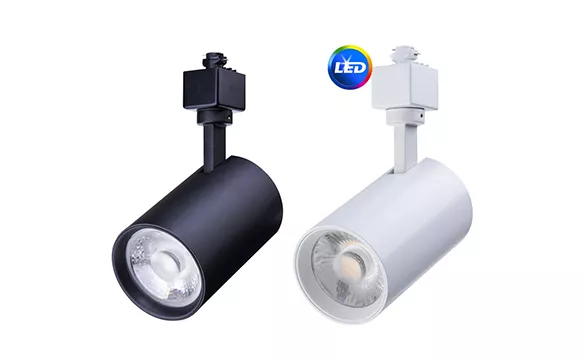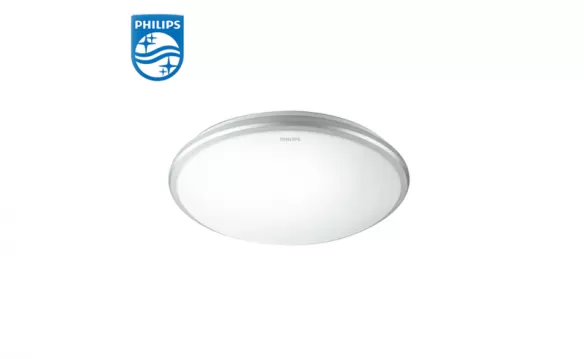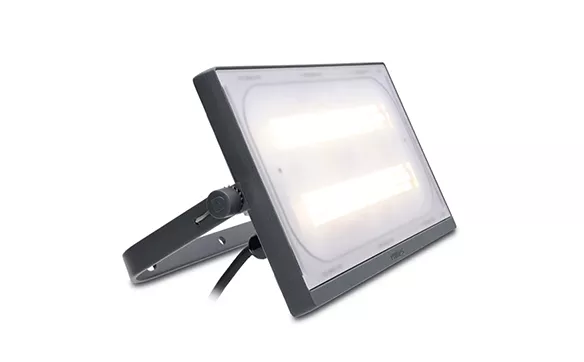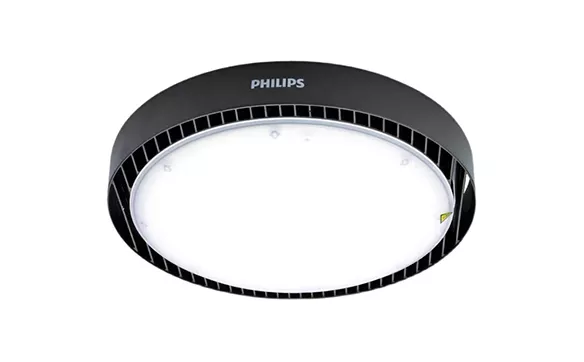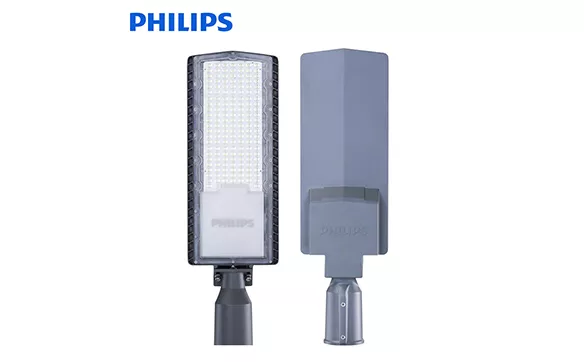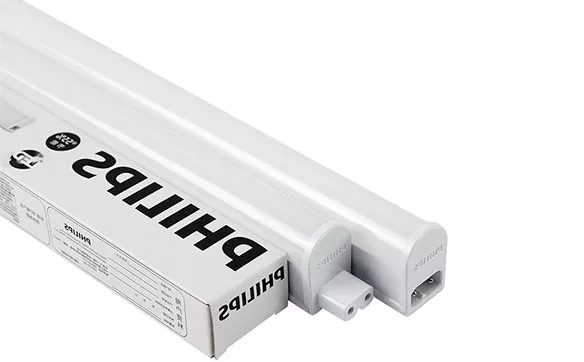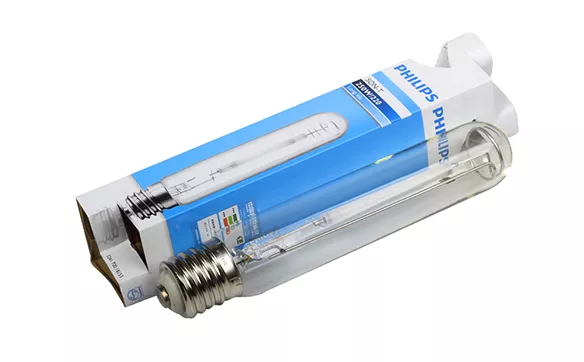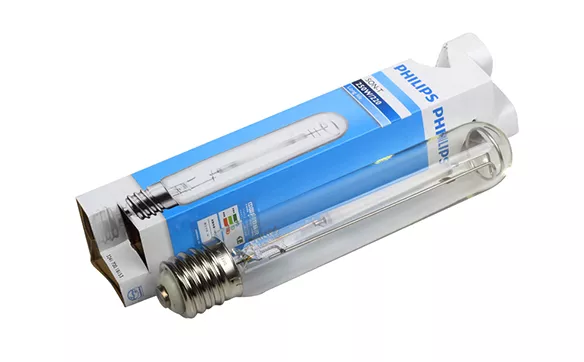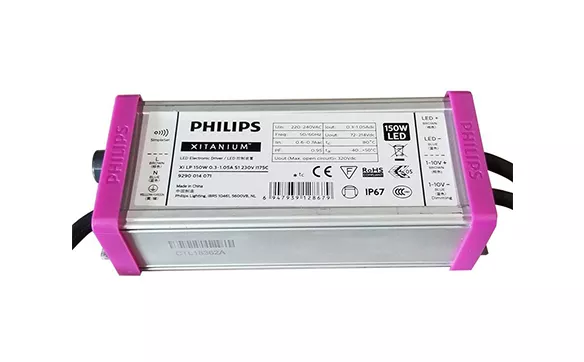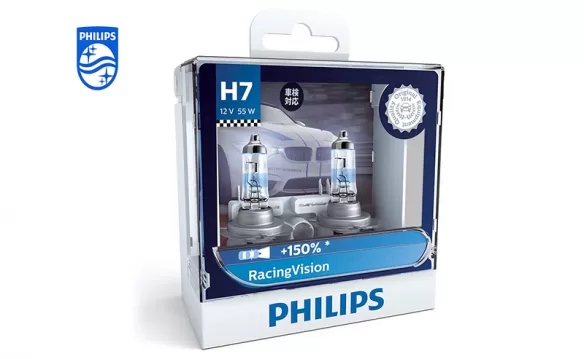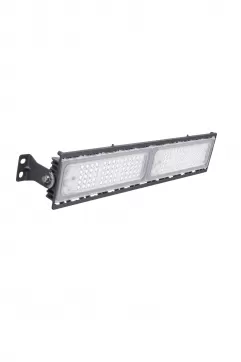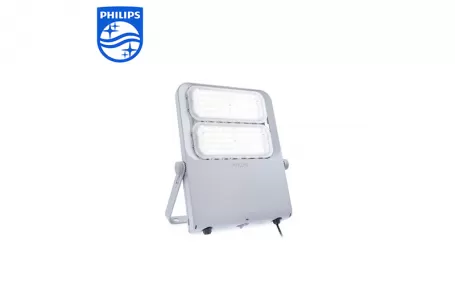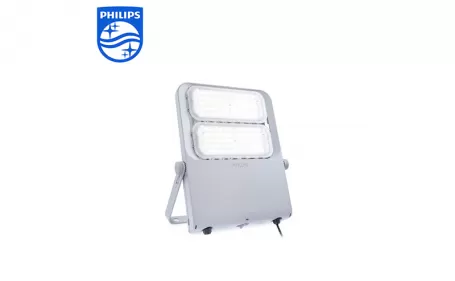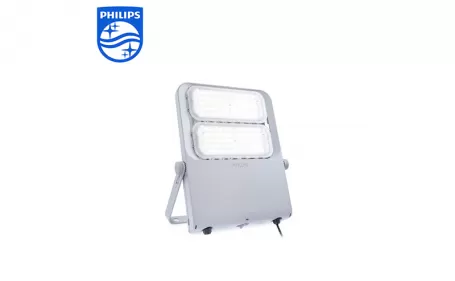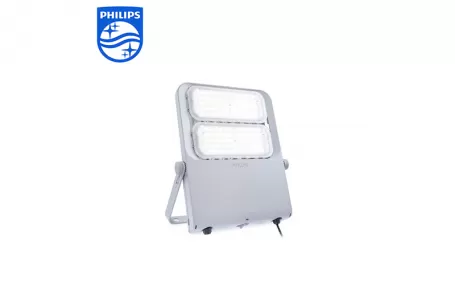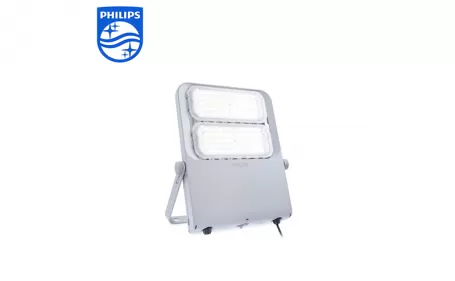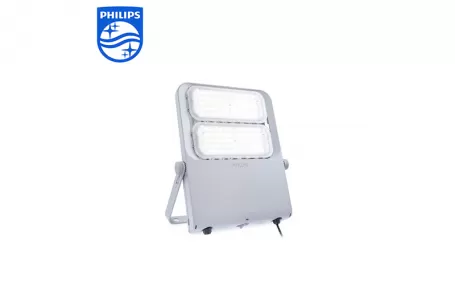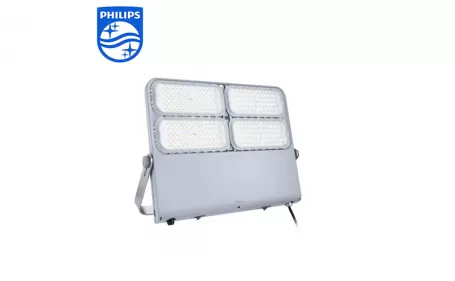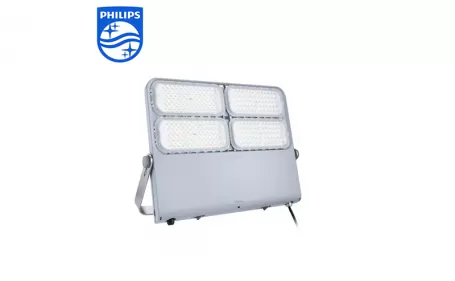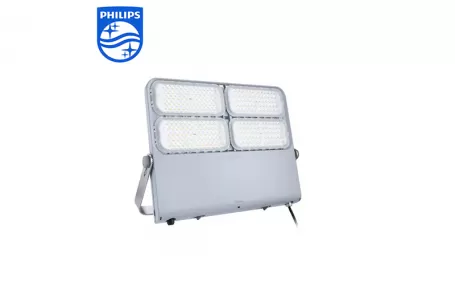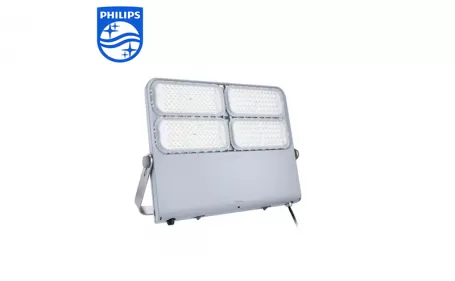Every roadworthy vehicle is equipped with a set of headlights. Some vehicles have separate bulbs for low beams and high beams, while others use a single set of bulbs for both functions. Headlights illuminate the road ahead at night, allowing drivers to see obstacles and react in time. They also help other motorists see your vehicle's position on the road.
WHAT HEADLIGHTS SHOULD YOU BUY?
Every headlight is designated with a bulb size. For a bulb installed in your car, you can find the number stamped or printed on the side of the bulb. It’s also listed in the service manual and in an auto bulb guide. Only the correct bulb size will fit in the headlamp housing and connect to the factory wiring.
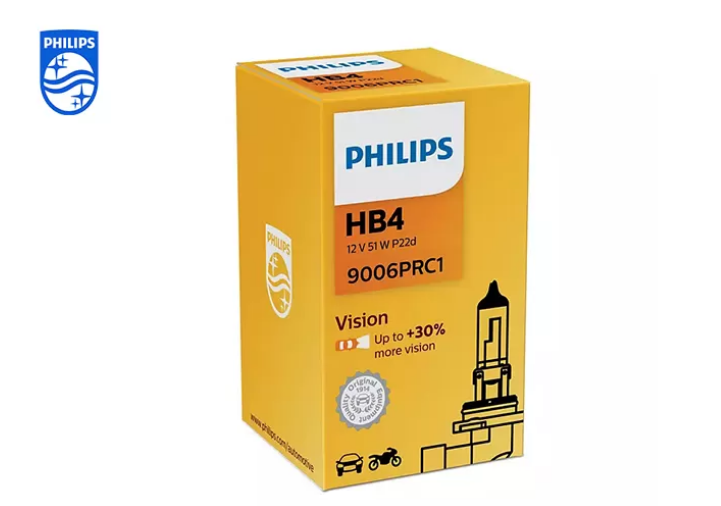
WHAT TO CONSIDER WHEN CHOOSING A HEADLIGHT BULB
Selecting the right car headlight bulbs involves more than just grabbing any bulb off the shelf. Here are key factors to consider:
1. Size: Ensure the bulb fits your car’s headlight housing by matching the correct bulb size specified in your vehicle's manual.
2. Brightness: Choose a bulb that provides sufficient brightness for your driving needs. Brighter bulbs offer better visibility but may be more expensive and draw more power from your car’s electrical system.
3. Color Temperature: Headlight bulbs come in various color temperatures, from warm white (3000K to 4000K) to cool white (5000K to 6000K). Warmer colors are typically easier on the eyes, while cooler colors can offer enhanced visibility.
4. Beam Pattern: Consider the beam pattern of the bulb. Some bulbs offer a wider spread of light, while others focus the beam more narrowly. The pattern affects how well you can see and how the light is distributed on the road.
5. Longevity: Look into the expected lifespan of the bulb. Some bulbs are designed to last longer than others, which can save you time and money in the long run.
6. Cost: Headlight bulbs vary in price, so take your budget into account. While higher-end bulbs might offer better performance or longer life, they also come at a higher cost.
WHAT HEADLIGHTS SHOULD YOU BUY?
When selecting headlights, it's essential to identify the correct bulb size. You can typically find this number stamped or printed on the side of the bulb already installed in your vehicle. Additionally, this information is available in your car's service manual and can be found using an auto bulb guide. Using the correct bulb size is crucial because it ensures a proper fit within the headlamp housing and a secure connection to the factory wiring. Installing a bulb of the wrong size or type can lead to wiring damage, potentially melt the headlamp housing, or result in improper light focus, affecting visibility.
Within the designated bulb size, you have a choice of different styles: halogen, LED, and HID headlights. Each type offers unique benefits and features.
HALOGEN LIGHTS
Most vehicles come equipped with halogen headlights as standard. These bulbs contain halogen gas that emits bright light when the thin tungsten filament inside the bulb heats up from an electric current. Typically, halogen bulbs emit a warm light with a slight yellow tint, resembling natural sunlight. Almost every bulb size offers halogen options, often varying in brightness and color.
Halogen bulbs are the most economical choice with a wide range of selection. However, they generate more heat and consume more energy compared to other types. They also have a shorter lifespan, typically lasting around 2,500 hours before needing replacement.
LED LIGHTS
LED headlights function by passing an electric current through a microchip, rather than relying on a glowing filament or gas-filled tube. They operate at cooler temperatures and have a significantly longer lifespan while consuming less energy. LED headlights generally produce a bright white light, though they are capable of producing various colors.
Although LED bulbs are more expensive, their popularity has led many manufacturers to adopt them as standard in new vehicle models. Aftermarket options for LED headlights are expanding, although they are still fewer compared to halogen bulbs.
HID HEADLIGHTS
High-intensity discharge (HID) headlights offer bright, cool white or blue illumination. Similar to halogen bulbs, HID headlights use a gas-filled tube, typically filled with Xenon, and require high voltage between electrodes to produce light, similar to a neon sign.
HID headlights consume significant power, especially during startup, and may require a separate ballast for aftermarket installations. Despite being more expensive, HID bulbs can last up to 10,000 hours. Vehicles originally equipped with HID headlights are designed exclusively for use with HID bulbs and cannot accommodate other types.


